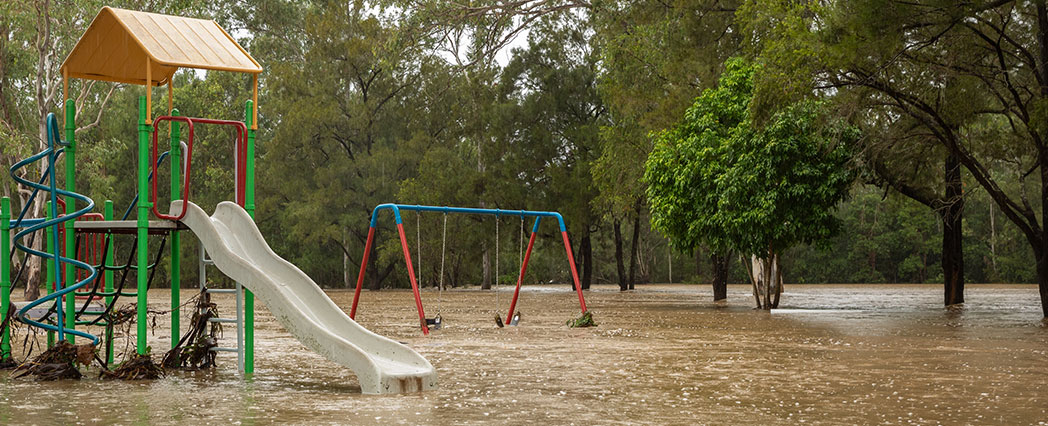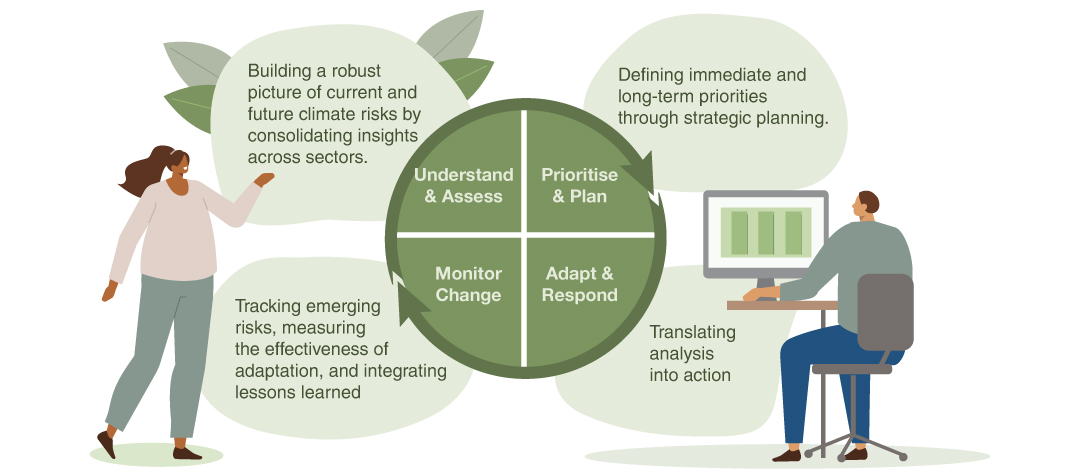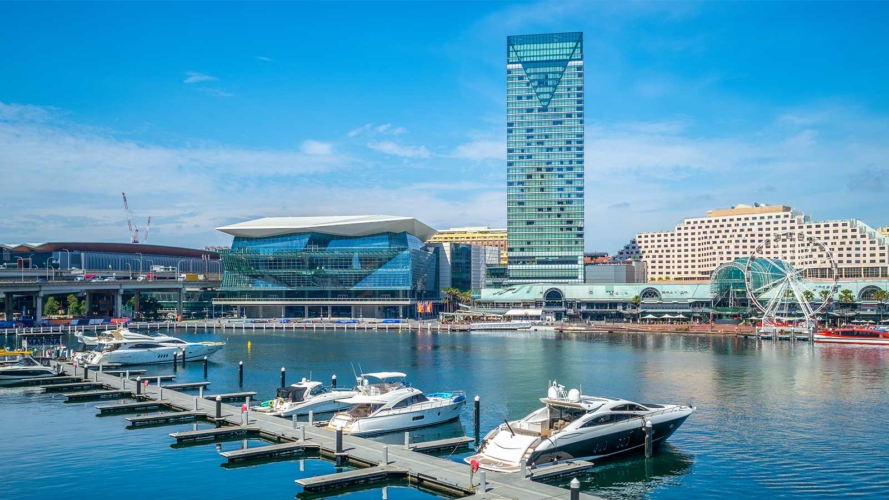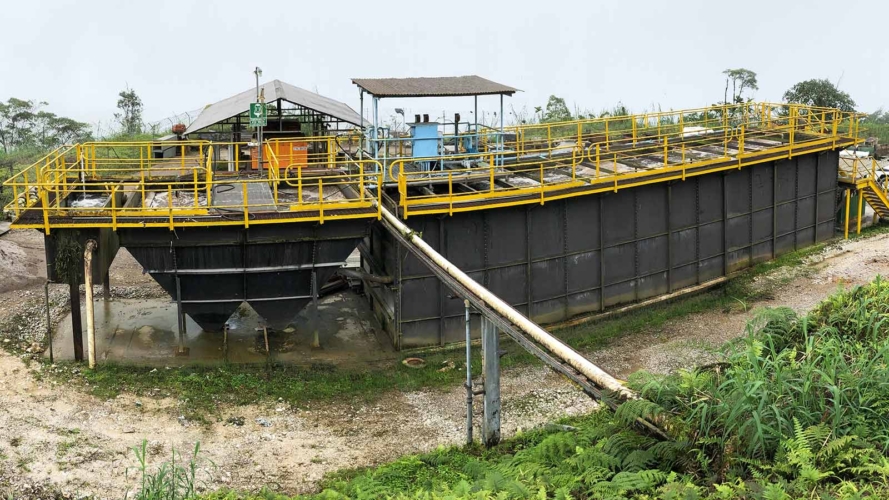
Australia’s First National Climate Risk Assessment: A New Baseline for Understanding Physical Risk
September 24, 2025
On 15 September 2025, Australia’s first landmark National Climate Risk Assessment (NCRA) report developed by the Australian Climate Service was released. For the first time, the country has a consistent, national baseline of current and future climate change risks across Australia’s key systems.

The Australian Climate Service has identified 8 key systems that support Australian society and are at risk from climate change.
- Aboriginal and Torres Strait Islander Peoples
- Communities – urban, regional and remote
- Defence and national security
- Economy, trade and finance
- Health and social support
- Infrastructure and the built environment
- Natural environment
- Primary industries and food
These are interconnected and interdependent since a change in one system can flow onto others and bring compounding and cascading impacts. Crucially, the NCRA captures these interlinkages, enabling an understanding of how potential changes across interconnected systems could help mitigate the identified priority risks.
The NCRA uses the following framework to inform an ongoing cycle of climate adaptation and improvement.

Understand and assess – what the NCRA Reveals
Across these 8 key systems, the NCRA process identified 63 nationally significant climate risks, and used these insights to rate current and future (2050) climate risks to each. In the current period, the highest risk is attributed to ‘Natural environment’ which received a ‘Very High’ rating. Most systems currently present ‘Moderate’ to ‘High’ risk ratings.
But by 2050, all systems are rated equally or worse than the current period’s worst rated risk. ‘Very High’ and ‘Severe’ ratings are common, with the worst risk ratings seen for ‘Natural environment’, ‘Health and social support’, ‘Defence and national security’, and ‘Communities – urban, regional and remote’. The revelation is clear: climate risks are escalating in severity across all systems.
Prioritise and plan – where action is most urgent
The NCRA helps prioritise, amongst all the climate risks identified, those that demand the most urgent action by focusing on risks to people, places, and our way of life.
For instance, safeguarding coastal communities is paramount given 1.5 million people are projected to be exposed to coastal inundation by 2050. Meanwhile, ecosystems such as seagrasses and mangroves, vital for biodiversity, carbon storage, and storm protection, face escalating risks of collapse under climate change.
The report also projects a dramatic rise in heat-related deaths under higher warming scenarios, placing additional pressure on health and social support systems. At the same time, individuals and households already disadvantaged are most vulnerable to climate change, particularly Aboriginal and Torres Strait Islander peoples who face further social and physical health impacts due to a loss of self-determination.
By ranking risks according to their scale and urgency, the NCRA ensures that adaptation planning can tackle the most critical climate threats first.

Adapt and respond – implications for whole-of-society
A clear message is that adapting to climate risk is a shared responsibility between governments, industries, communities, and individuals. Especially for the four identified priority cross-system risks of coastal communities and settlements, governance, supply chains, and water security, responses must be coordinated in recognition of climate change’s cross cutting effects on people, economies, and ecosystems.
This means proactive consultation, collaboration, and action to avoid transferring risk to others and other maladaptive outcomes.
Monitor change – evolving risks
Climate risk is not static, so ongoing monitoring is a key part of the NCRA’s approach. Furthermore, under all plausible futures modelled, Australia’s climate hazards are projected to worsen. The NCRA also introduces the concept of ‘residual risk’, referring to the risk that remains even after all feasible mitigation and adaptation measures are applied. Together, this outlook reinforces the need to continually monitor developments, update risk assessments, and account for unavoidable impacts in long-term resilience planning.
Looking Ahead
The NCRA offers a robust evidence base that includes a vision for a well-adapted Australia, principles guiding future action, governance roles and responsibilities, and current and planned adaptation efforts.
Importantly, if adaptation is a cycle of understanding, prioritising, responding, and monitoring, then businesses, like governments and communities, must see themselves within it.
Then, a question worth asking is: where does my organisation sit in this cycle today and how prepared is it to evolve with escalating risk?
If you have any questions, or if your organisation needs support with climate risk reporting, analysis, or related sustainability initiatives, please contact Cress Consulting by Clicking Here.
Cress is the Hydroflux Group’s in-house sustainability consulting team, operating as a specialised division and driven by a simple but powerful goal: to help organisations across Australia, New Zealand and the Pacific region create a more sustainable future. As a young and agile team, we combine technical expertise with fresh, forward-thinking approaches to help clients navigate complex challenges across climate risk, emissions reduction, modern slavery, water stewardship, and ESG reporting, building on the Hydroflux legacy of engineering excellence while bringing a sustainability lens to the industries and communities shaping the future of our region.
Up Next
Categories
- Tradeshows
- Climate
- Community Engagement
- Corporate Announcements
- Group News
- Newsletters
- Product News
- Project Announcement


